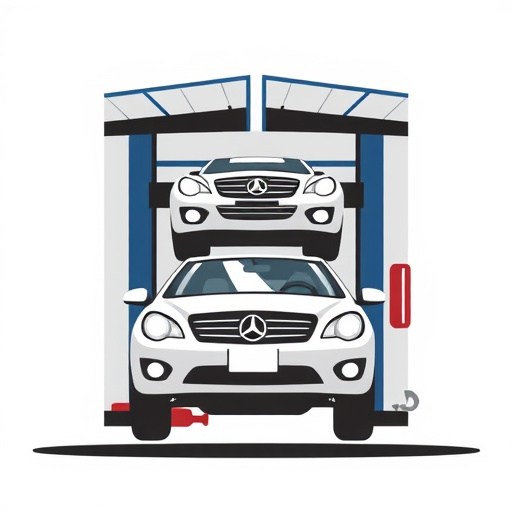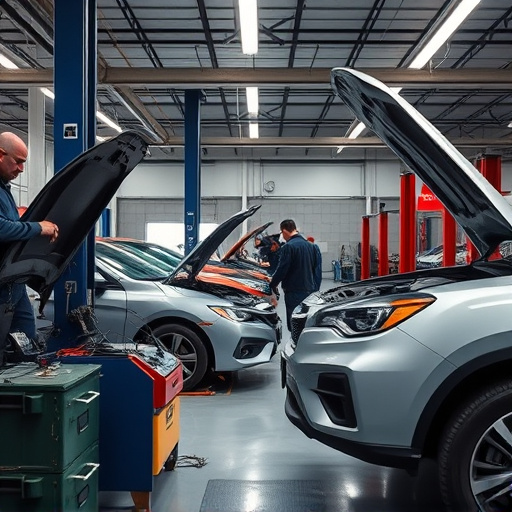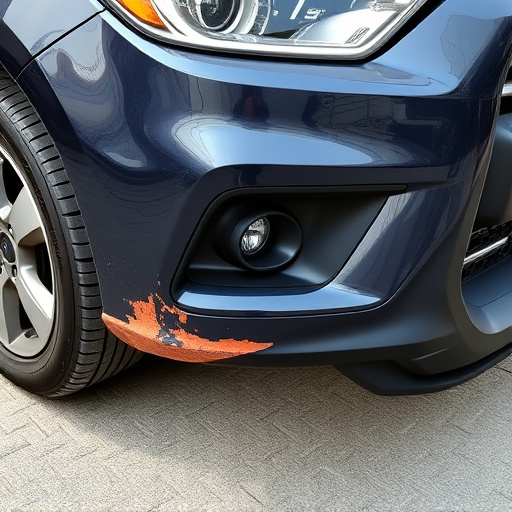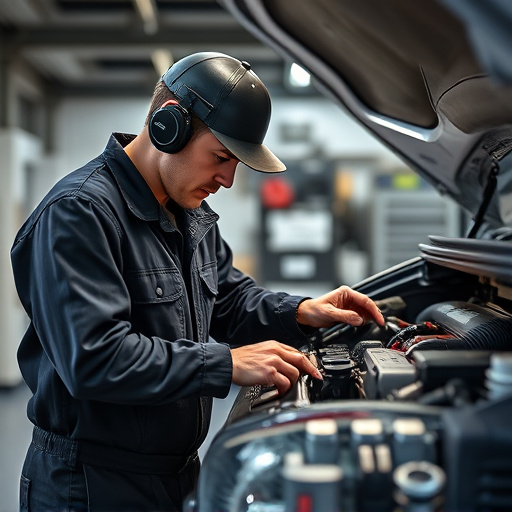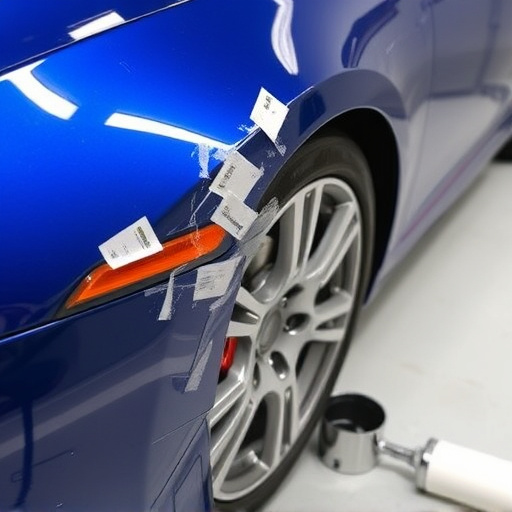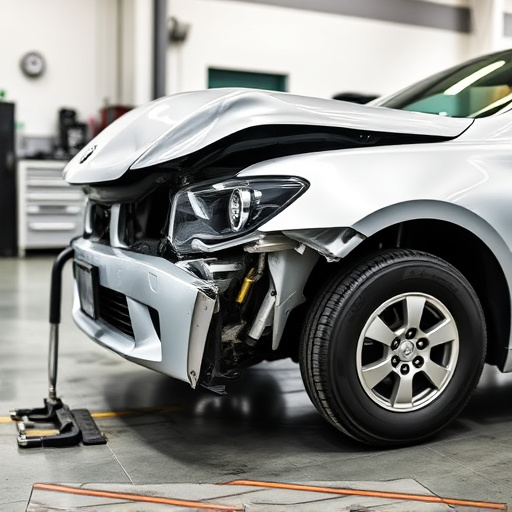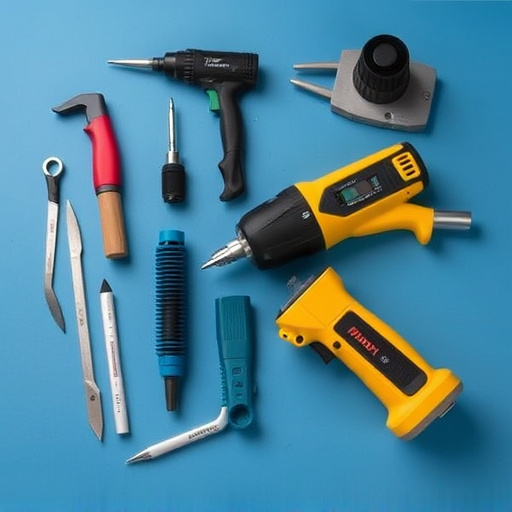Accessing OEM repair procedures is essential for efficient, safe, and precise hybrid and EV damage repair. This ensures structural integrity, optimal performance, and safety by adhering to manufacturer protocols. Specialized tools, diagnostic equipment, and updated procedures are crucial for trusted EV maintenance. EV component replacements require meticulous OEM access due to complex electrical systems.
In today’s rapidly evolving automotive landscape, understanding and accessing original equipment manufacturer (OEM) repair procedures for hybrid and electric vehicles (EVs) is crucial. With advanced technology and stringent regulations, ensuring proper maintenance and repairs is essential for safety, performance, and environmental sustainability. This article explores the key aspects of OEM repair procedure access, including insights into parts acquisition, specialized tools, and step-by-step replacement processes unique to EVs, empowering technicians and owners alike.
- Understanding OEM Repair Procedures for Hybrids and EVs
- Accessing Original Equipment Manufacturer Parts and Tools
- The Process of Replacing Components in Electric Vehicles
Understanding OEM Repair Procedures for Hybrids and EVs

Understanding OEM Repair Procedures for Hybrids and EVs is paramount for efficient and effective car damage repair, especially when dealing with intricate vehicle bodywork. These procedures, offered by Original Equipment Manufacturers (OEMs), are meticulously designed to ensure the highest level of quality and safety for both hybrid and electric vehicles (EVs). The focus on precision and specific techniques is crucial, as these vehicles often have unique systems that differ significantly from conventional internal combustion engines.
Accessing OEM repair procedure guidelines facilitates accurate fender repair and restoration of these advanced vehicles. By adhering to the manufacturer’s protocols, technicians can navigate the complex network of hybrid and EV components while minimizing the risk of damage or incompatibility. This ensures not only the structural integrity of the vehicle bodywork but also preserves the overall performance and efficiency of the hybrid or electric powertrains.
Accessing Original Equipment Manufacturer Parts and Tools
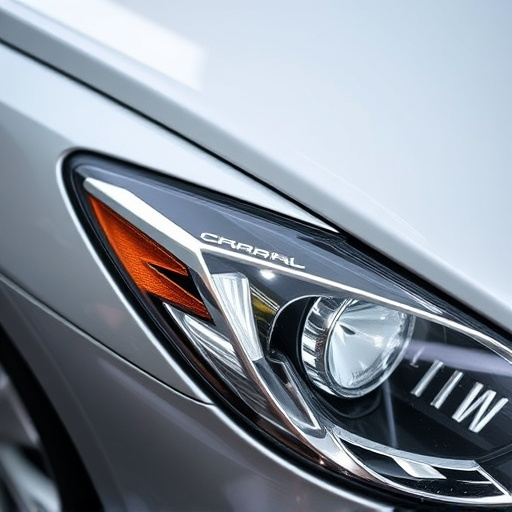
Accessing Original Equipment Manufacturer (OEM) parts and tools is a crucial aspect of performing an effective OEM repair procedure for hybrid and electric vehicles. These specialized vehicles require precision and authenticity in their components to ensure optimal performance and safety. Collision repair shops that cater to such vehicles must invest in comprehensive OEM repair kits, which include everything from battery modules to advanced sensors. By partnering directly with vehicle manufacturers, these shops gain access to genuine parts designed specifically for their make and model, eliminating the risk of compatibility issues or compromised quality.
For an auto repair near you seeking to excel in hybrid and electric vehicle repairs, securing the right tools is equally vital. This includes diagnostic equipment capable of interfacing with complex vehicle systems, as well as specialized hand tools tailored for delicate assembly work. Efficient dent removal techniques are also essential, given the unique body panels and materials used in these vehicles. Ultimately, staying abreast of evolving OEM repair procedures ensures that the auto repair near you remains a trusted resource, providing top-notch service for hybrid and electric vehicle owners.
The Process of Replacing Components in Electric Vehicles
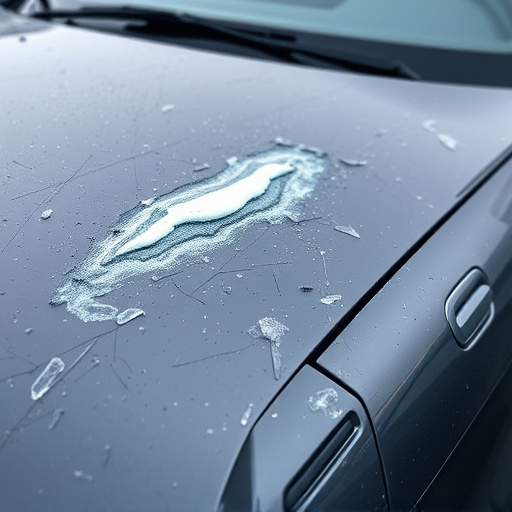
Replacing components in electric vehicles requires a meticulous OEM repair procedure access approach due to their complex and sensitive nature. The process begins with identifying the faulty part, often through advanced diagnostic tools that interact directly with the vehicle’s systems. Once the issue is pinpointed, technicians carefully remove the old component while ensuring minimal disruption to the vehicle’s overall electrical architecture. This involves precise disassembly, sometimes requiring specialized tools and knowledge of intricate vehicle systems.
After the old part is safely extracted, a new original equipment manufacturer (OEM) part—carefully sourced for exact specifications—is installed. The replacement process demands adherence to stringent safety protocols and guidelines to maintain the vehicle’s performance and efficiency. This includes proper connections and sealing to prevent any short circuits or leaks that could compromise the electric drive train. Unlike conventional vehicle body shop repairs, such as car paint services or vehicle dent repair, electric vehicle (EV) maintenance demands a deeper understanding of electrical systems, making OEM access crucial for successful component replacements.
Accessing OEM repair procedures is crucial for effectively servicing hybrid and electric vehicles (HEVs). By understanding the specific processes, acquiring genuine parts and tools from Original Equipment Manufacturers (OEMs), and mastering component replacement techniques unique to EVs, technicians can ensure optimal performance and longevity for these cutting-edge automobiles. This ensures a reliable and efficient repair process, catering to the growing demand for sustainable transportation.



